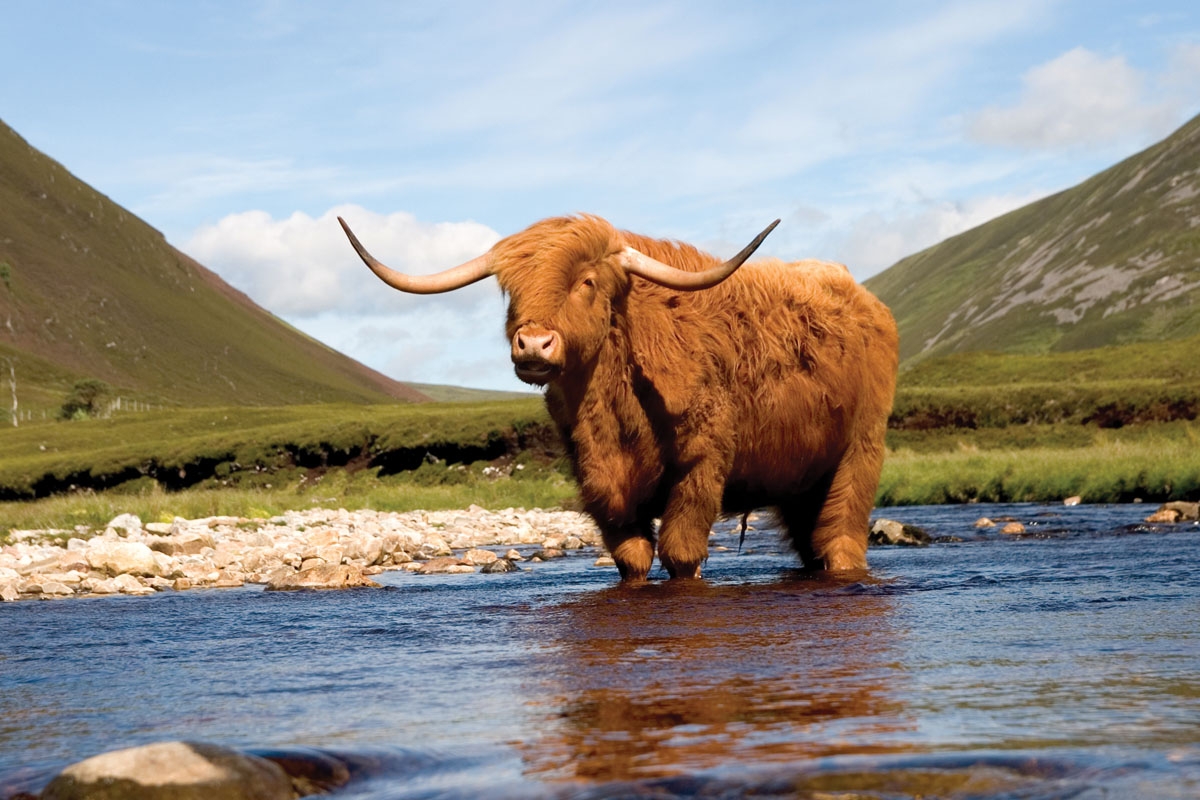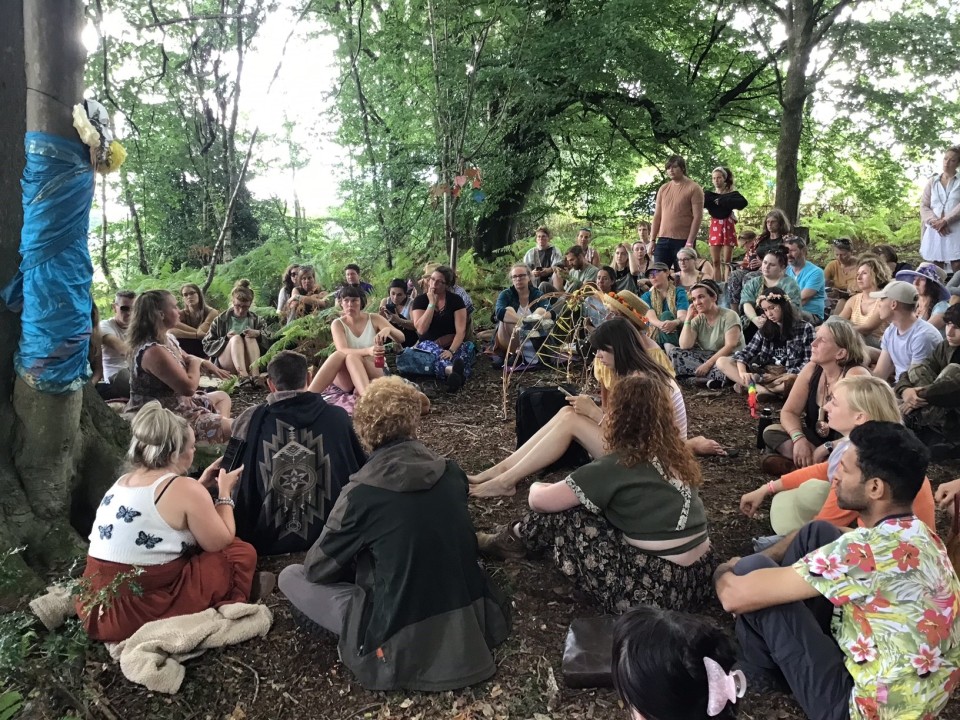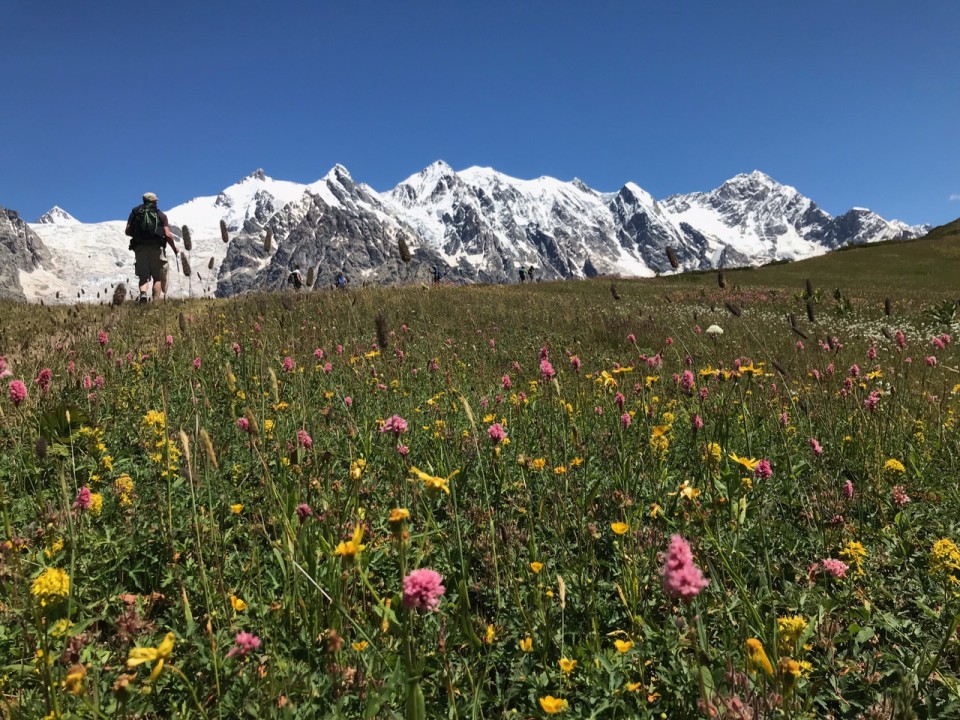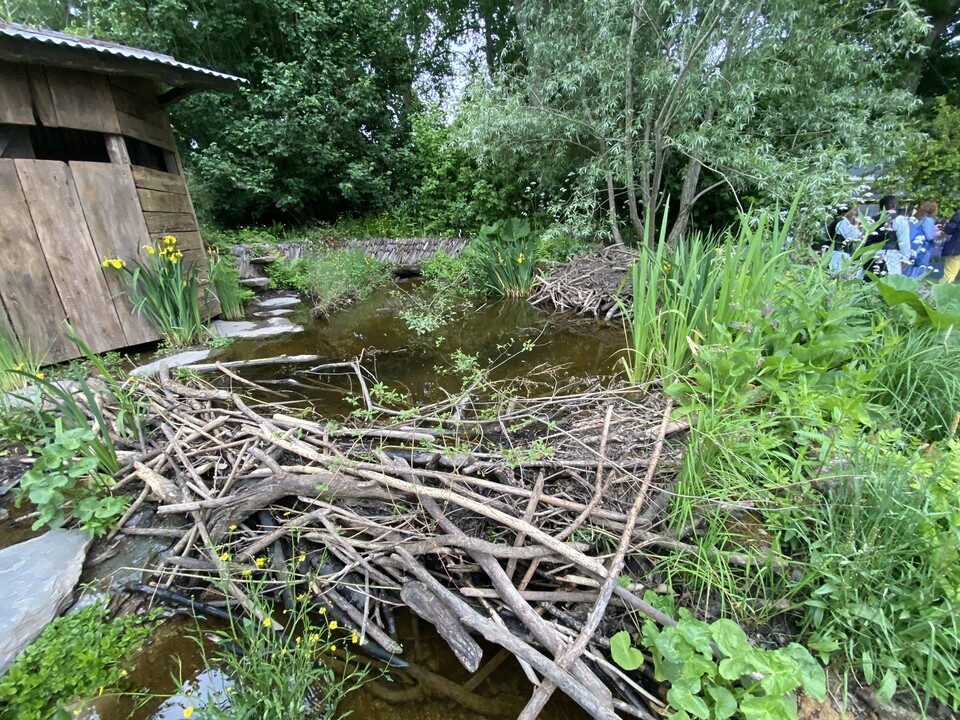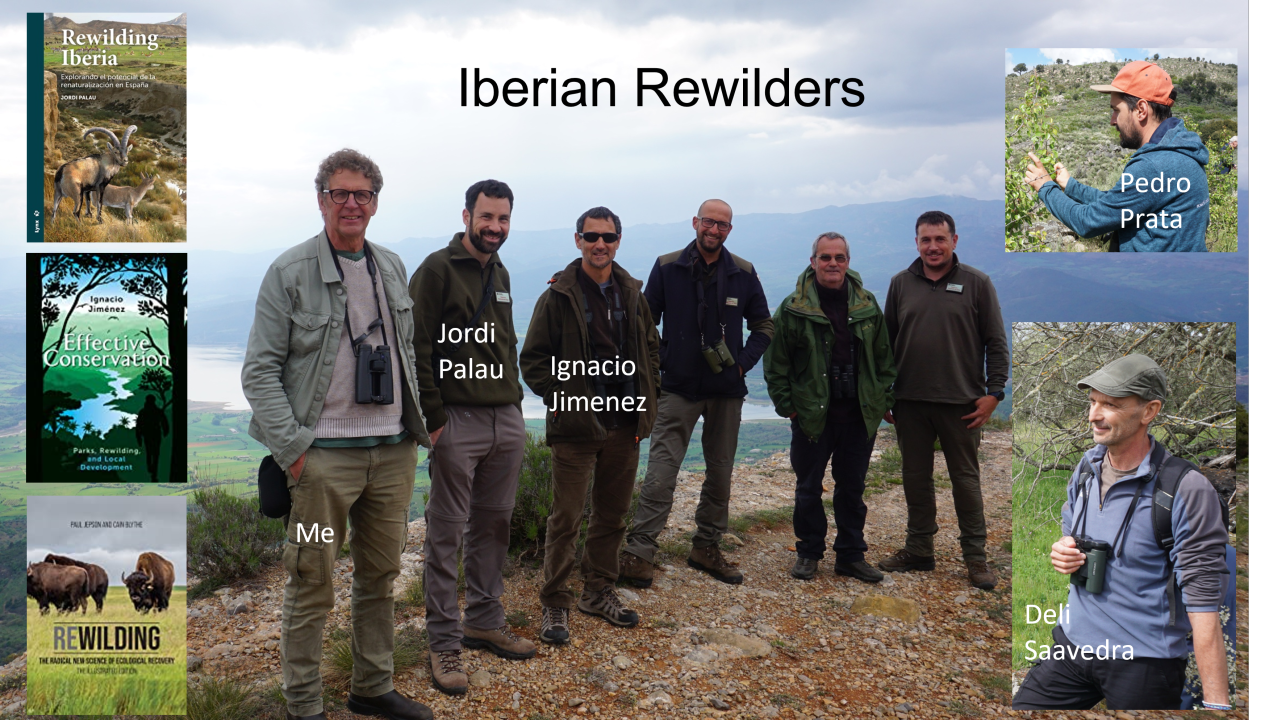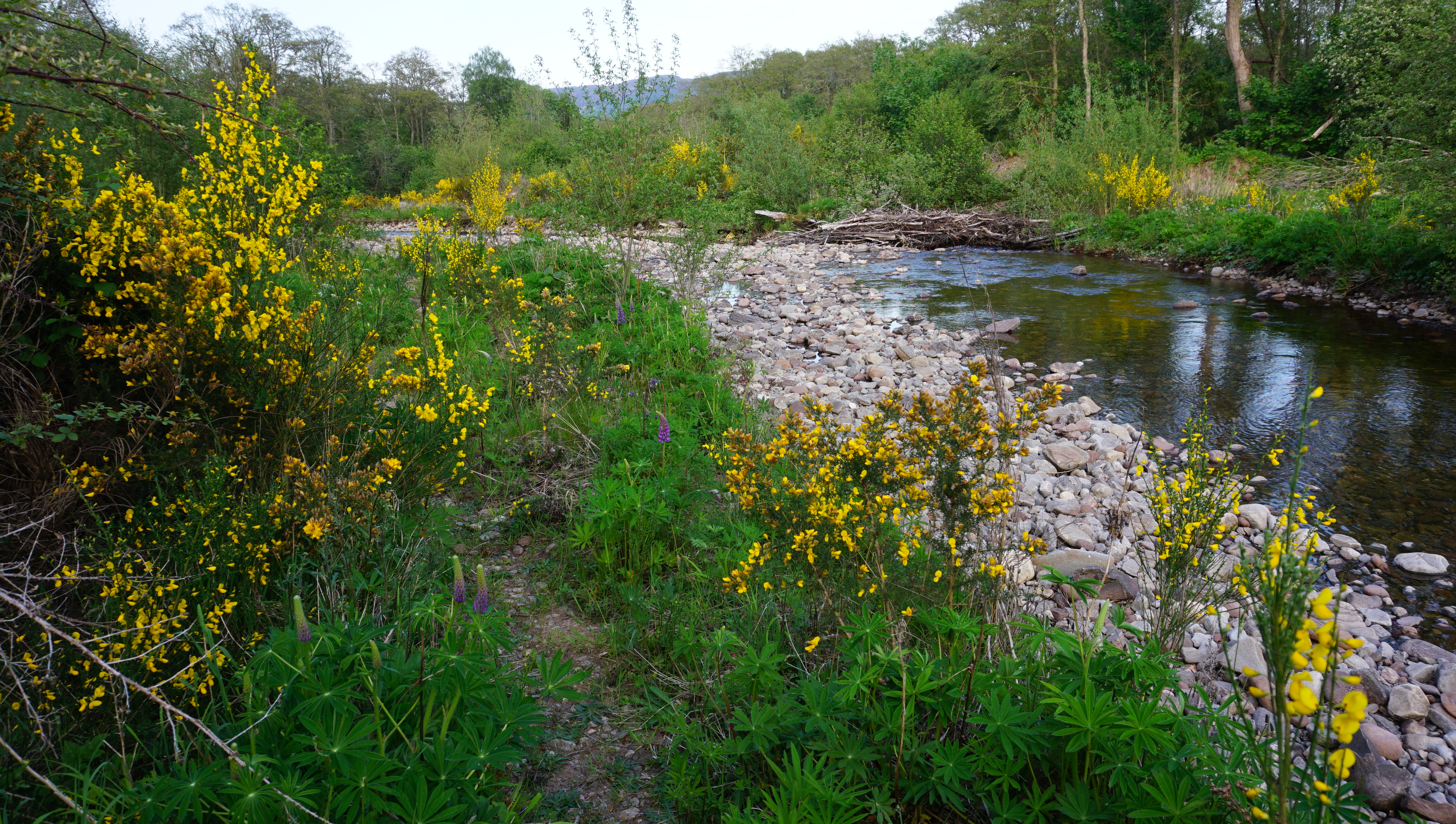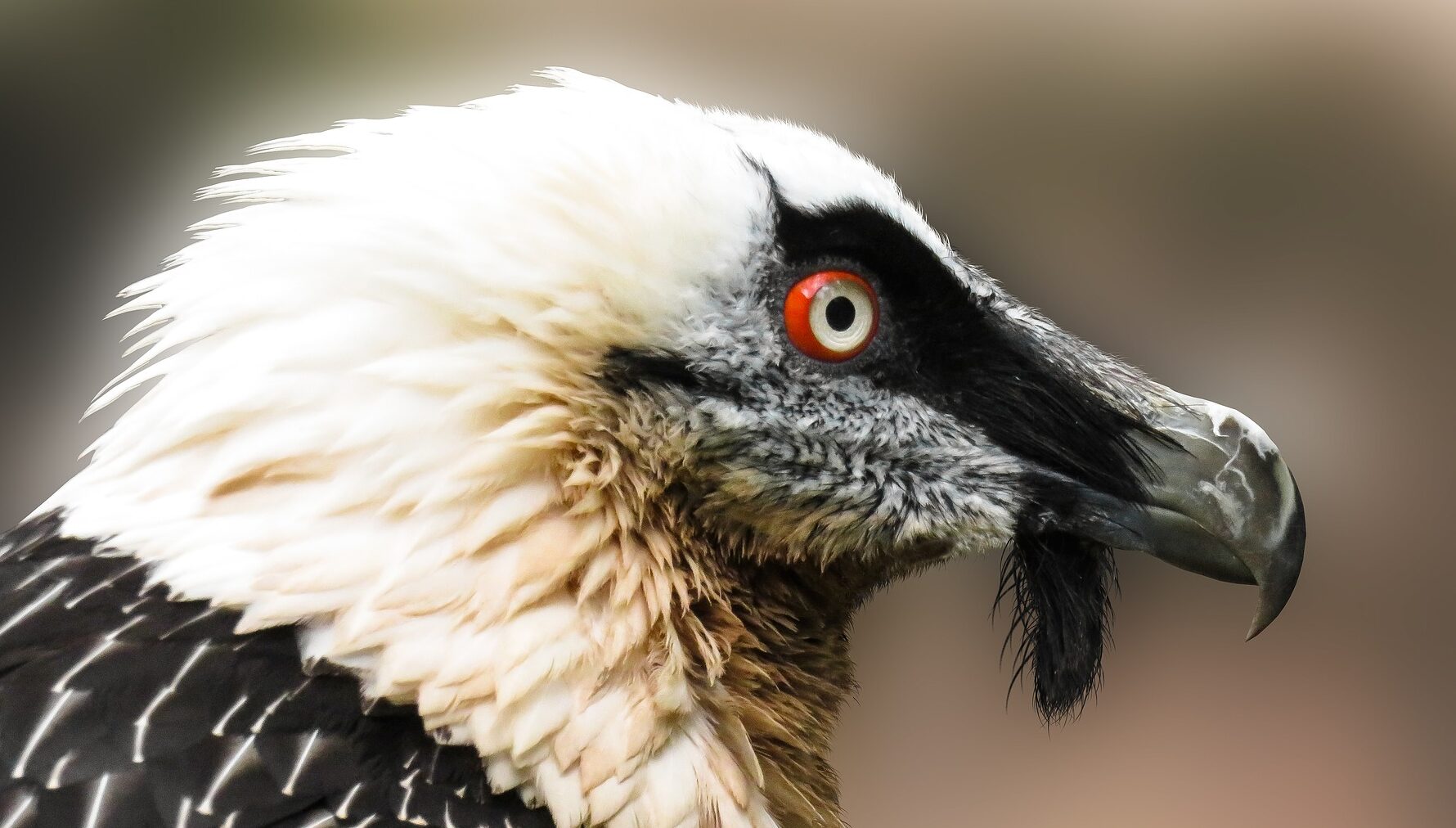Originally posted to Geographical in Opinions 24 Nov 2015
This year rewilding has moved from a fringe idea to a mainstream vision. George Monbiot’s rewilding manifesto has attracted wide media coverage, a new pressure group Rewilding Britain was launched, and the core ideas have been framed and validated in a raft of academic papers.
If 2015 is to go down in history as the year when a 21st century conservation mindset took form, then 2016 needs to be a year of ambition, a year when rewilding talk is transformed into strategies for action.
At its core rewilding envisions the restoration of ecosystem processes through reassembly of large animal populations, either through the reintroduction of lost species or their domestic analogues. In my mind this is a vision for our times, one that chimes with numerous trends in science and society – from the desire to connect ecology with the rise of Earth Systems science to the sense that UK nature is lacking in excitement.
From a policy perspective, rewilding is a radical vision. This is because it represents a new paradigm that shifts the focus of conservation from composition (conserving units of nature in place) to function (reconstructing relationships between species in their ecological contexts). Introducing large free-ranging herbivores and carnivores to existing reserves would change the composition of species with uncertain outcomes thereby contravening the rational for their designation. Furthermore, the de-domestication of cattle or reintroduction of species such as boar and wolf rubs up against a raft of wider legislation relating to animal welfare, biohazards and public access and safety.
Even more radical is the challenge that rewilding poses to the orderly, sanitised and comfortable relations we have formed with animals. Rebuilding food chains means bringing death back as a visible component of our countryside. We accept animal death and corpses as fleeting reminders of the dangers of roads, but creating places where animal death and dying is a lingering sight could cause outrage among animal lovers.
Different approaches to rewilding are emerging in response to these institutional and public sensitivity challenges, but also the move to participatory and interactive modes of policy making that aspire to balance the values and needs of multiple stakeholder groups. I see four broad rewilding approaches emerging:
• Passive rewilding, which enhances processes of rural depopulation and associated natural regeneration through reintroduction of large herbivores and helping those who have stayed to build nature-based enterprises. This form of rewilding is more evident in continental Europe and, to an extent, operates under the radar of powerful institutions because depopulation means their presence is reduced in the areas concerned. The Wild Enderdale Project on the northwest edge of the Lake District aligns with this approach.
• Private rewilding, which is characterised by land-owners innovating within the constraints of legislation and business profitability. The Knepp Castle estate in West Sussex blends rewilding and farming: its mix of free-ranging cattle, ponies, deer and pigs is reconstituting tropic cascades producing a wildlife- and experience-rich landscape supporting diverse range revenue streams. The Alladale Estate in Sutherland is working to restore native ‘wilderness’ for high-end ecotourism drawing on the African game-ranch model.
• Soft rewilding, which is being considered by the National Trust. The thinking here is to start taking people on the journey by reintroducing lost species with an ‘ecosystem engineering’ role but that fit in with established ways of enjoying natural heritage. In short, beavers are okay but wolves would be pushing it!
• Political rewilding, where rewilding visions are deployed to expose and challenge the role of corporate power, perverse subsidies and vested interest in environmental degradation. George Monbiot’s ‘sheep-wrecked’ critique, exposing the damage wrought on our uplands by agricultural subsidies, is a nice example.
I have proposed a fifth approach – experimental rewilding. My argument is that institutions and publics are rightfully fearful of generic change especially where outcomes are uncertain. Further, that the science of applied rewilding is in its infancy. We don’t yet know at what scale ecosystem processes can recover, what types of intervention can ‘kick start’ ecological recovery, and what practical limits society and politics will put on rewilding.
However, society loves experiments that create talking points. Contained rewilding experiments would provide institutions and NGOs with time to adjust and they could be places where regulations are relaxed to allow fuller expression of rewilding concepts. Rewilding experiments, conducted in public and with public input into their design, would generate huge interest and engage wider society in debate on the natures we want going ahead. This would strengthen the democratic mandate of conservation and contribute to reinvigorating it as cultural force in the 21st century.
Experimental rewilding could offer an exciting restoration vision for ex-mining areas or a fresh solution to intractable conservation problems. For example, the stand-off between conservationists who want to remove introduced pine trees from the Sefton Coast dune system and local residents who love them for their scenic grandeur and red squirrels. Local authorities could be invited to bid to host experimental rewilding sites. This approach proved highly successful in creating a new national forest in the Midlands in the late 1980s.
Contemporary conservation thinking is dominated by a desire to preserve past natures, heal the wounds inflicted on nature by humanity and restore ecosystems to past baselines. Progressive conservation thinking recognises the multiplicity of past natural baselines and that ecosystems change over time. An emerging view argues that because there is no way back we need to move forward with a willingness to embrace novelty: to blend inspiration from past natures with active ecological design informed by advances in science and an appreciation of directions in science, societal and economy.
As such, rewilding signifies a major innovation in conservation thinking. Our nation is the product of radical innovation and nature and countryside is central to our sense of identity. Collectively we need to create spaces where ambitious and bold expressions of rewilding can take root.
Paul Jepson is a course director of the MSc in Biodiversity, Conservation and Management at the School of Geography and the Environment, University of Oxford

